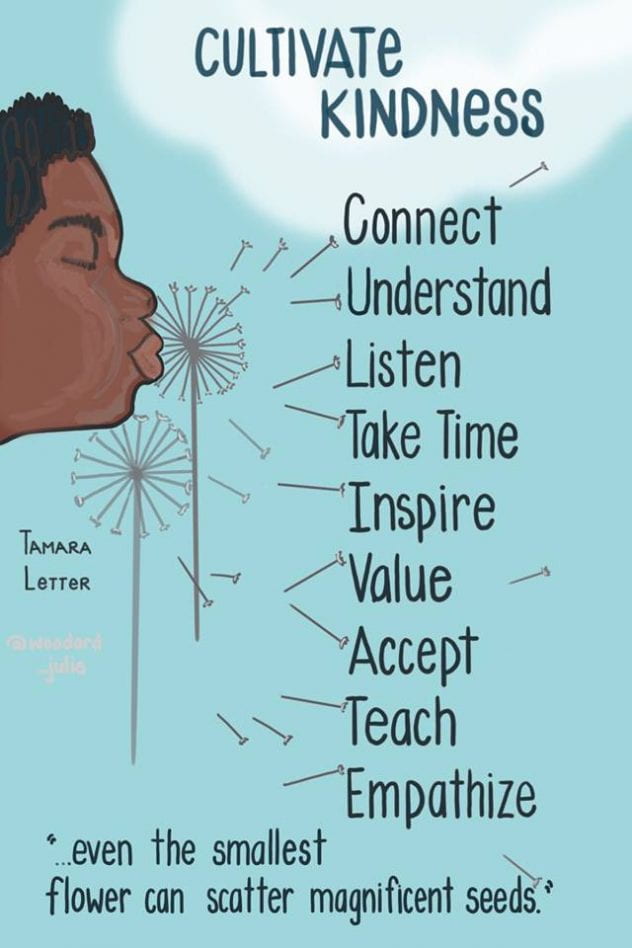 Some of you out there have shared that you are feeling overwhelmed by the school work that you should be doing. You are not alone! All too often, when something is overwhelming, it feels easier to put it out of sight and out of mind, and find something else to do instead. You might find a sudden urge to deep clean your room (something you’ve resisted ’til now) or you find that raking the yard, taking the dog for a walk or baking a cake all sound more appealing than school work! You might even have good intentions to get started and log into your email first thing…and then suddenly all your friends are on hang-outs and want to chat, and you get completely distracted and before you know it, it’s noon. Or maybe you completely avoid all things work related and get lost in video games instead. Any of these things sound familiar? It might make you feel better to know that you are not the only one struggling – this is a pretty common problem – especially as the weather warms up.
Some of you out there have shared that you are feeling overwhelmed by the school work that you should be doing. You are not alone! All too often, when something is overwhelming, it feels easier to put it out of sight and out of mind, and find something else to do instead. You might find a sudden urge to deep clean your room (something you’ve resisted ’til now) or you find that raking the yard, taking the dog for a walk or baking a cake all sound more appealing than school work! You might even have good intentions to get started and log into your email first thing…and then suddenly all your friends are on hang-outs and want to chat, and you get completely distracted and before you know it, it’s noon. Or maybe you completely avoid all things work related and get lost in video games instead. Any of these things sound familiar? It might make you feel better to know that you are not the only one struggling – this is a pretty common problem – especially as the weather warms up.
I’m going to give you a tip: MAKE A SCHEDULE. Having a schedule, a plan, a routine, helps you feel in control. Being organized helps you have a clear understanding of what is expected of you, you can see your deadlines easily, and you will feel more accomplished when you can check things off your list. There are many, many online templates for schedules. This website has lots of different styles and they are free to download and print: Daily Schedules and Planners
The most simple schedule or routine is to get up at 8:30, get dressed, have breakfast and then plan to start your school work at 9:00. Spend about 45 minutes on ELA, another 45 minutes on Math, and then if you need to, spend another 30 minutes on other subjects like Science, Social Studies and French. Take one or two 15 minute breaks and that will take you to lunch. In the afternoon, use that time to get exercise, read, do some artsy stuff, bake, or spend time with your family.
If at all possible, try to avoid chatting with your friends, playing video games or doing non-school related stuff in the morning. Reward yourself with those activities in the afternoon. These are suggestions which work well for a lot of students. I would encourage you to talk to your parents and see if this can work in your home – or come up with something that fits your family. The key is to get some sort of routine in place so you can get your school work done, and reduce any anxiety or overwhelm that comes with being unorganized.
As always, I am here to help! If you are feeling overwhelmed, anxious, or frustrated – send me an email from the link on the side menu.














